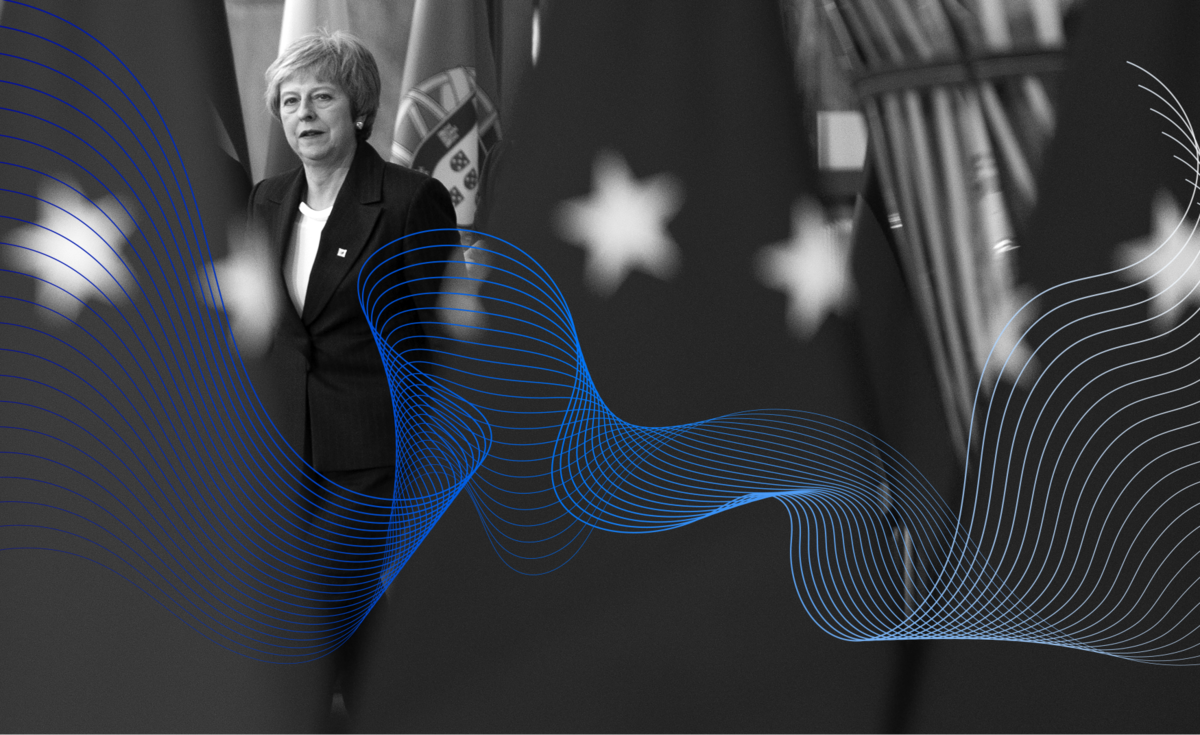This is part of an ongoing series on Europe's Year of Change.
We’ve been closely following the ups-and-downs and the plot twists along Europe’s path to crown its next set of leaders and embark on a new legislative term. Most recently, on June 20th and 21st, Europe’s heads of state/government gathered in Brussels in an attempt to horse-trade their way to an acceptable team of candidates to head the EU’s key institutions. Unfortunately, they were unable to do so largely because of broad disagreement over whether to select Manfred Weber – as per the much maligned Spitzenkandidaten process – or whether to venture of-piste and select someone else altogether. As a result, Europe’s leaders are now slated to reunite on June 30th on the side-lines of the G20 Summit in Japan to finalise negotiations in advance of the European Parliament’s first session on July 2nd.
However, while the European Union itself may still be leaderless, it is no longer directionless. Late last week, following lengthy negotiations, EU Member States published their 2019-2024 strategic agenda to provide general direction and guide the work of EU Institutions over the next five years. It focuses on four main priorities:
- Protecting citizens and freedoms;
- Developing a strong and vibrant economic base;
- Building a climate-neutral, green, fair and social Europe;
- Promoting European interests and values on the global stage.
Unlike the previous 2014-2019 strategic agenda which focused on addressing the lingering repercussions of the 2008 financial crisis with proposals designed to boost economic growth and job creation, this agenda is notably less about encouraging growth, and more about fostering resilience in the face of growing threats.
This strategic agenda is built for a world which – in its own words – has become “increasingly unsettled, complex and subject to rapid change”, a world where Europe feels isolated and alone, and in which it must ready itself for the storm. This strategic agenda is about battening down the hatches, as Brussels readies itself for an uncertain future.
Priority 1 – Protecting citizens and freedoms
With this in mind, it is perhaps unsurprising that the strategy prioritises elements related to strengthening external borders and defending Europe from existing and emerging threats. Existing threats highlighted include the erosion of rule of law in some member states, the continuing migration crisis, and the threat of terrorism and cross-border crime, while climate change and the risk of cyber-attacks are also underlined as key emerging threats. The focus on rule of law within the bloc could be seen as a warning shot to those members (Hungary, Poland, Romania) who have been accused of recent backsliding on the matter.
“The EU shall defend the fundamental rights and freedoms of its citizens, as recognised in the Treaties, and protect them against existing and emerging threats.”
Priority 2 – Developing a strong and vibrant economic base
While no longer the primary focus of the agenda, economic growth and job creation remains a key priority – with the specific goal of ensuring European strategic autonomy through policies designed to strengthen the international role of the euro, complete the banking union, deepen the internal market, implement fair & effective taxation, foster research & innovation, level the playing field in the area of trade, and ensure that Europe becomes digitally sovereign. Despite this long list, it is EU competition regulation which arises most often. In a potential nod to discussions surrounding the failed Siemens and Alstom merger and the continued dominance of certain tech giants, the strategy pledges to “update our European competition framework to new technological and global market developments”.
“A strong economic base is of key importance for Europe’s competitiveness, prosperity and role on the global stage and for the creation of jobs.”
Priority 3 - Building a climate-neutral, green, fair and social Europe
The strategic agenda also prioritizes Europe’s role in ensuring sustainability and fostering a ‘green transition’. Most strikingly – perhaps taking note of the yellow vest protests in France, the strategic agenda goes to great lengths to promote a green transition which is “socially just” and makes sure that “no-one is left behind”. It therefore proposes a green transition towards climate neutrality which “helps communities and individuals adjust to the new world”. As a result, social issues – which could seem out of place in a section on climate change – now sit under this broader heading. Also noteworthy is that both energy and agriculture seem to have taken a bit of a backseat to the wider discussion on sustainability. The strategic agenda stresses that, on energy, decisions will still be made “in full respect of the Member States’ right to decide on their energy mix.” So while climate is a rising concern at the EU level in Brussels, it seems energy policy will remain in the hands of member states. This could be a tough circle to square.
“Europe needs inclusiveness and sustainability embracing the changes brought about by the green transition, technological evolution and globalization while making sure no-one is left behind.”
Priority 4 - Promoting European interests and values on the global stage
Finally, the strategy looks to bolster Europe’s autonomy in foreign affairs matters. In order to do so, the EU will look to remain a driving force behind multilateralism as well as support ambitious international trade policies which ensure fair competition, reciprocity and mutual benefits. In parallel, the EU will also seek to strengthen its own security and defence – beyond NATO – and improve its ability to act on foreign affairs matters by “avoid[ing] a piecemeal approach and present[ing] a united front, backed up by EU and Member State resources.” Here, this final element could be viewed as a reference to a late 2018 Commission proposal to move from unanimity to qualified majority voting in certain areas of the EU's Common Foreign and Security Policy (CFSP).
“In a world of increasing uncertainty, complexity and change, the EU needs to pursue a strategic course of action and increase its capacity to act autonomously to safeguard its interests, uphold its values and way of life, and help shape the global future.”
Next steps
While this Strategic Agenda is only a non-binding first step towards shaping EU policy, it helps kick-off a new legislative cycle that will be taken forward by the Parliament, Commission, and Council of the EU. The general direction of the strategy also provides valuable insight into the minds of Europe’s leaders. What we can say is that the 2019-2024 strategic agenda displays a general consensus among Member States that – in a world which has become increasingly unsettled, complex and subject to rapid change – Europe must build resilience first and foremost; with strengthened borders, a sustainable economy and with effective foreign policy tools capable of ensuring that Europe maintains its strategic autonomy in an increasingly chaotic world.
Dates for your calendar
| European Elections | |
| European Council extraordinary meeting after the EU elections – Spitzenkandidat dilemma and other top jobs will be high in the agenda | |
| European Council meeting – adoption of the Strategic Agenda | |
| 2 July 2019 | 1st Plenary session – election of the President of the European Parliament |
| 15 July 2019 | 1st opportunity for the European Parliament to elect the President of the European Commission nominated by the European Council |
| September-October 2019 | Hearings of Commissioners-designate in Parliamentary committees |
| October 2019 | New Commission is elected by the European Parliament |
| October-November 2019 | Commission taking office |






